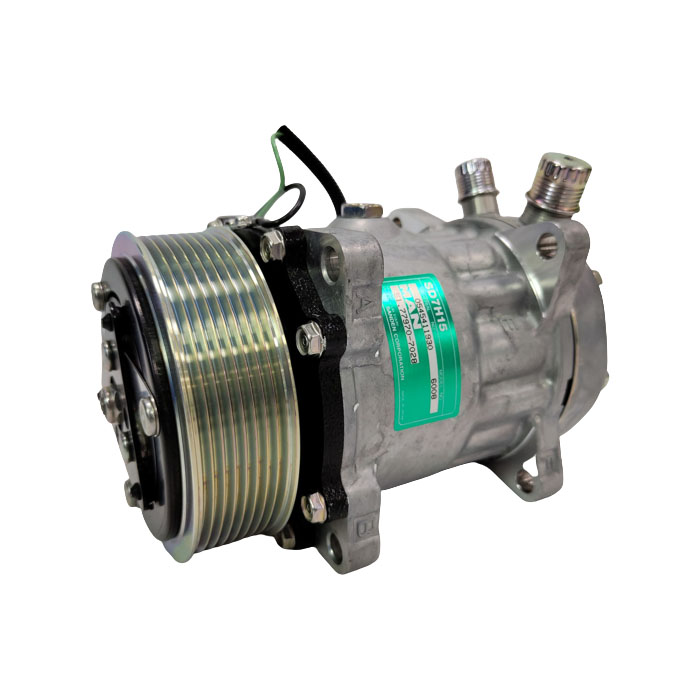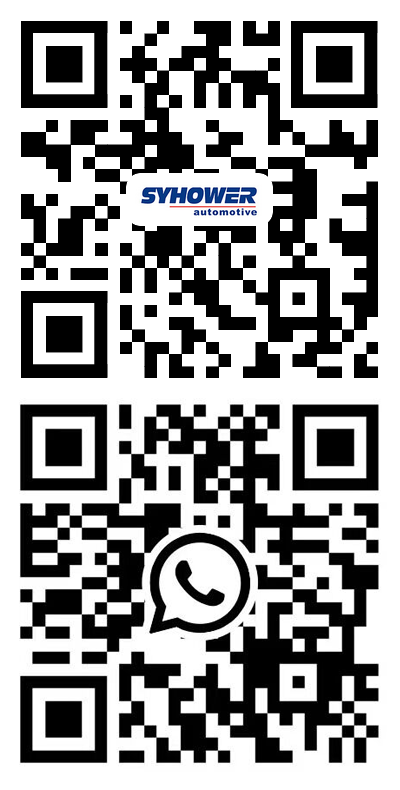- English
- Español
- Português
- русский
- Français
- 日本語
- Deutsch
- tiếng Việt
- Italiano
- Nederlands
- ภาษาไทย
- Polski
- 한국어
- Svenska
- magyar
- Malay
- বাংলা ভাষার
- Dansk
- Suomi
- हिन्दी
- Pilipino
- Türkçe
- Gaeilge
- العربية
- Indonesia
- Norsk
- تمل
- český
- ελληνικά
- український
- Javanese
- فارسی
- தமிழ்
- తెలుగు
- नेपाली
- Burmese
- български
- ລາວ
- Latine
- Қазақша
- Euskal
- Azərbaycan
- Slovenský jazyk
- Македонски
- Lietuvos
- Eesti Keel
- Română
- Slovenski
- मराठी
- Srpski језик
Factors affecting oil consumption
2023-02-16
Where is the oil consumed? Some of them ran to the combustion chamber due to "oil channeling" and were burned or formed carbon deposits, while the other part leaked from the place where the seal was not tight.

In terms of operating conditions, too low viscosity of oil used, too high engine speed and water temperature, cylinder liner deformation exceeding the limit, frequent starting and stopping times, excessive wear of engine parts, high oil level, etc. will increase oil consumption.
The piston deviation caused by the bending of the connecting rod and the failure of the body shaping tolerance to meet the requirements (the sign is that the cylinder liner and piston wear marks appear on the piston ring shore and the piston skirt on one side along the two ends of the piston pin hole axis) is also an important reason for the increase in oil consumption.
The use of twist ring and combined oil ring has an obvious effect on reducing oil consumption. Especially, the combined oil ring is light in weight, and the three-piece structure has no oil pumping effect. It is flexible and has good adaptability to the cylinder wall. The expansion ring makes the side of the oil ring close to the ring groove.


